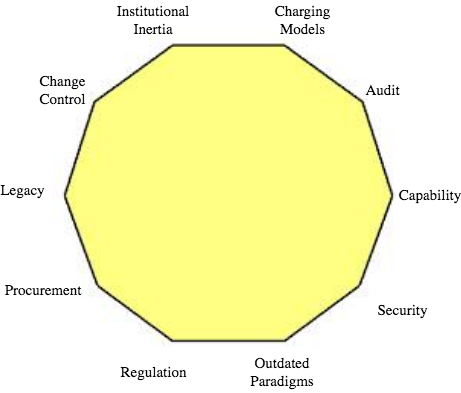Meetings can be fantastic or terrible. I’ve experienced some serious pros run meetings, and when they do, everyone feels great afterwards. Everyone feels like progress was made, that things are clearer than before, that there is continued momentum.
(This is a note I sent to my team of Product Managers, Designers and Researchers at Intercom)
Meetings are expensive. Consider the opportunity cost of people being at a meeting – they could all be doing other important things. Treat other people’s calendars as a scarce resource and know that an empty calendar is an awesome place to be in because you are free to do your own work.
I consider any structured conversation between two or more people as a meeting. Today, at Intercom, we don’t do a great job of running meetings. We’re neither terrible or fantastic, but I want us to get way better. This is simply a process problem; it is entirely within our control. There are clear best practices in running great meetings. This is mostly a solved problem.
This is how we should be running meetings and you should hold your colleagues accountable to this standard.
Meetings must have one owner
This person runs the meeting.
They are responsible for the attendees staying on topic.
They are responsible for ensuring the meeting starts on time.
They are responsible for ensuring the meeting is on track, in the time remaining, to accomplish the goals set out at the start.
If you walk into a meeting and it isn’t clear who the owner is, feel free to leave and go do something more valuable for the company.
Meetings start by sharing the required output
The meeting owner starts the meeting by saying what the goal of the meeting is. For example, “We need a decision on whether to pursue option A or option B”.
The meeting owner clearly defines the boundaries of the topic. For example, “We don’t want UI feedback today. We need to only discuss concept design so we can decide between option A or option B”.
Meetings end with very clear action items, each of which has one owner and a due date
As a meeting progresses, the meeting owner collects and writes down any decisions made, action items, owners and due dates.
The last act of the meeting is for the meeting owner to read out the decisions made, and the action items and owners. This is to ensure nothing has been misunderstood.
The meeting owner must then email the list of decisions and action items to all meeting attendees to really ensure nothing has been misunderstood, and to ensure we have accountability.
If the due date is not going to be met, it is the responsibility of the action item owner to let others know.
Other best practices
If a meeting concludes before the time allotted, end the meeting and leave! Don’t try to fill the time with other random top of mind topics.
If you are in a meeting and feel you don’t need to be there, let people know, and unless anyone wants you to stay, then get up and leave. No-one is going to be offended.
Feel empowered to decline meetings that you don’t think you should be at, or don’t know what they are for. Don’t ever just show up to a meeting without knowing what it is going to be about.
Meetings should never be the reason a decision is unnecessarily delayed. Don’t wait for a meeting when a decision is needed. If you need feedback or help, make that happen before some standing meeting.
Finally, your time is precious and expensive; ensure good meetings are being run. Your colleagues owe you that, and everyone wins.
From https://www.intercom.com/blog/towards-better-meetings/

